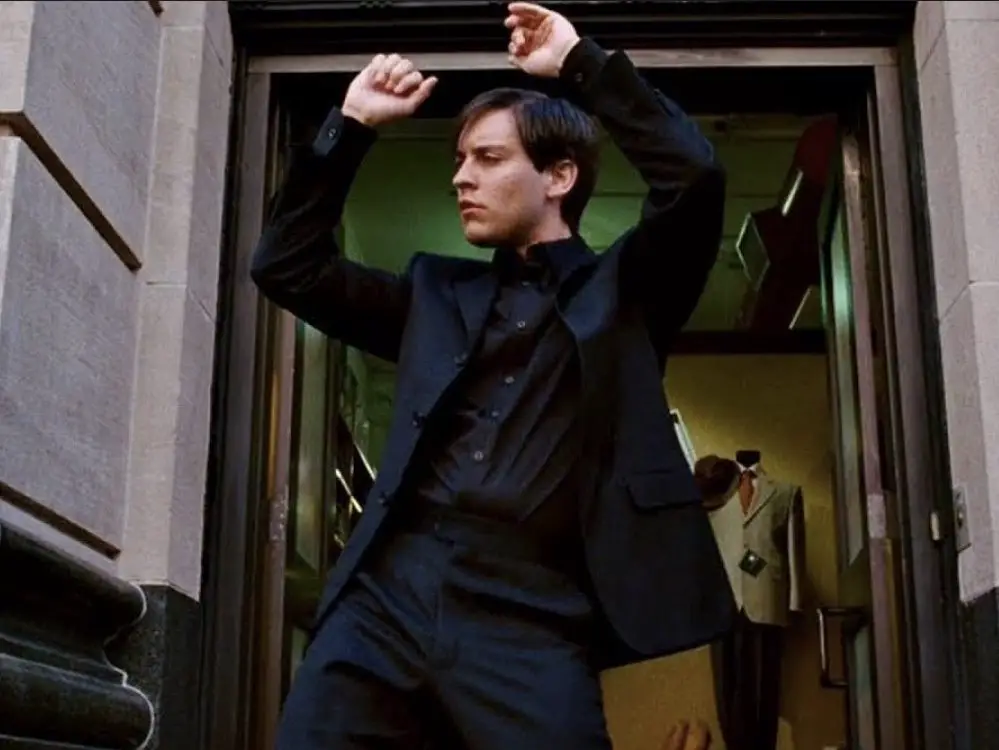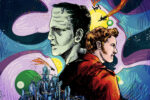It’s a strange time for blockbusters. Nobody is in theaters (if you are, please leave), and it’s unclear what the future holds for the film industry. The world’s most successful franchises, Marvel and “Star Wars,” have just ended their most recent collection of films, which makes it a perfect time to take the temperature of big-budget movies.
These films have been widely successful, but there is something slightly unsatisfying about how safe they have become. This approach has come from the failures of past franchises, but recently some fans are returning back to the critically panned blockbusters of the early 2000s. So much so that films like the “Star Wars” prequels, the Tobey Maguire “Spider-Man” films and Brendan Fraser’s “The Mummy” have gained a cult following.
Growing up I did not think the “Star Wars” prequels were bad. They were great. They were quite possibly my favorite thing. I would fast forward to different scenes on our VCR so I could make my action figures fight to the sound of John Williams’ score.
At night, my dad and I would fight with toy lightsabers or sometimes broom handles when that was the only thing around. I didn’t care that the acting was bad or that the script was abysmal. I didn’t know what bad acting was. I wasn’t aware that Jar Jar Binks and 80% of the other various alien races were racist caricatures. Or that midichlorians are stupid.
While I also loved the original “Star Wars” trilogy, it didn’t appeal to me as much as the prequels. It was older and slower and had way fewer backflips. So, for the most part, I just watched the prequels over and over again and was perfectly content.
No one told me these blockbusters were bad until I was in junior high. I was quietly devastated. Eventually, I rewatched the “Phantom Menace” and was surprised to find that it was, in fact, awful. Then I watched “Attack of the Clones” and then “Revenge of the Sith,” and I discovered that they, too, were quite bad.
This happened to come at that horrible phase of young adulthood where everyone turns into a moody curmudgeon and is scared to like anything. It became a game among friends to try to out-hate the prequels, proudly proclaiming how bad they were, as if to say, “Yes, I too understand. I am one of the adults.”
This was the rhetoric that was taught to us. It was taught to us by the original “Star Wars” fans, still wounded with disappointment over a kid’s movie, and also by the rejection of childhood that comes with growing up.
Recently, there has been a sea change in the perception of the prequels. This first came to my attention through the Reddit forum r/prequelmemes. A quick search of the online community will show a dedicated following of meme creators and prequel fans who have taken every possible line from the films and turned it into content.
At first, I thought the cult-like reverence that the subreddit holds the prequels to was ironic, but the more I explored, I discovered a deep sense of sincerity in the community. R/prequelmemes doesn’t go as far as to call the films good or bad, but they acknowledge the movies’ ugliness, and it appreciates them for it.
I found a similar following in the subreddit r/raimimemes, where the online group has created a like-minded platform for the Tobey Maguire “Spider-Man” films directed by Sam Raimi. Upon my discovery of r/raimimemes, I realized that the memefication of these films is perhaps a kind of mourning.
There is something cathartic about praising films that you have been told are bad all your life. Not only that, but the preference for these movies over their contemporary counterparts speaks to what has disappeared from the mainstream. These communities aren’t just making memes; they’re paying their respects to the lost camp of the early 2000s.
When “Spider-Man 3” was released in 2007, it was panned by critics and fans alike. While researching the film, I found an absolute gem from New York Times film critic Manohla Dargis. She stated, “If ever a movie had a case of the blues and the blahs, it’s ‘Spider-Man 3,’ a sequel that is fizzled rather than fizzy.”
“Spider-Man 3” is undeniably a hot mess of a film. There are like 20 different villains fighting for screen time, and Tobey Maguire looks ridiculous for a good chunk of the movie. However, there is something beautiful about its earnestness.
All of the Sam Raimi “Spider-Man” blockbusters are campy and over the top, but “Spider-Man 3” is peak camp. This is best shown when Peter Parker struts through Manhatten.
There are really no words to describe the scene. After the film’s release, the scene was credited as nearly destroying the “Spider-Man” franchise and ending the careers of everyone involved.
Now I hope we can see it for what it truly is — peak cinema. Watching Peter Parker shoot finger guns at every passing girl, all while looking like an off-brand Pete Wentz, is like watching a magnificent car crash that you can’t look away from. I was nine when “Spider-Man 3” came out; even then, this scene was unsettling.
Rewatching it, all I can think about is the level of commitment on display. In 2020, it’s almost impossible to understand how anyone could let something so deeply unhinged into a movie that cost $250 million to make — and that’s what makes it special. One of two things must be true: Either the scene is intentionally campy, or Sam Raimi and Tobey Maguire legitimately thought this was cool. Either option is incredible.
The “evil dance” scene is relentlessly uncool in a way that may never be shown in a superhero movie again. There is too much money at stake. In fact, it’s possible that every move Marvel Studios has ever made under president Kevin Feige has been dedicated to avoiding what happened with “Spider-Man 3.”
The Marvel Cinematic Universe has an incredibly high level of oversight. They have a formula that consists of a lot of quippy dialogue and low stakes that are just high enough that you don’t get bored, and that works. Occasionally, they bring in an acclaimed indie director to spice up the tone, but they always stick to a formula.
This formula has turned Disney into the most successful film studio of all time, but it churns out boring movies. I enjoy the MCU, but it has never surprised me. For all the witty banter, the dialogue is calculated in a way that makes its blockbusters rather one-note. Ultimately, Marvel movies are an escape, and we can appreciate them for that, but it’s hard to escape into a world you can see coming.
The “Star Wars” franchise followed a similar path into the 2010s. The most recent “Star Wars” trilogy seemed keen to run from the failed risks of the past, but with a much worse execution than the MCU. Episode 7 through Episode 9 jumped from the derivative (Abrams) to the risky (Johnson), with seemingly no oversight between the two directors.
The final installment, “The Rise of Skywalker,” was a painful attempt to reconnect with fans of the original trilogy, going as far as to recycle most of the plot and pretend like the previous film, directed by Rian Johnson, never happened.
The most telling part of the latest “Star Wars” run is that the creators tried to play it as safe as possible — and it still missed. Alternatively, the prequels’ misfires feel refreshing. George Lucas made a real effort to expand on the world that he created in an innovative way, which resulted in some very bad movies, and that’s okay. In fact, it’s kind of inspiring.
















